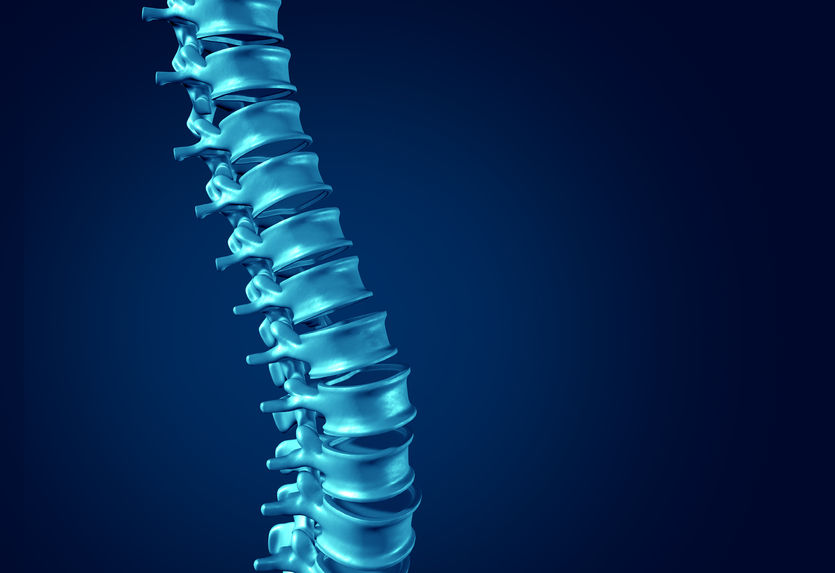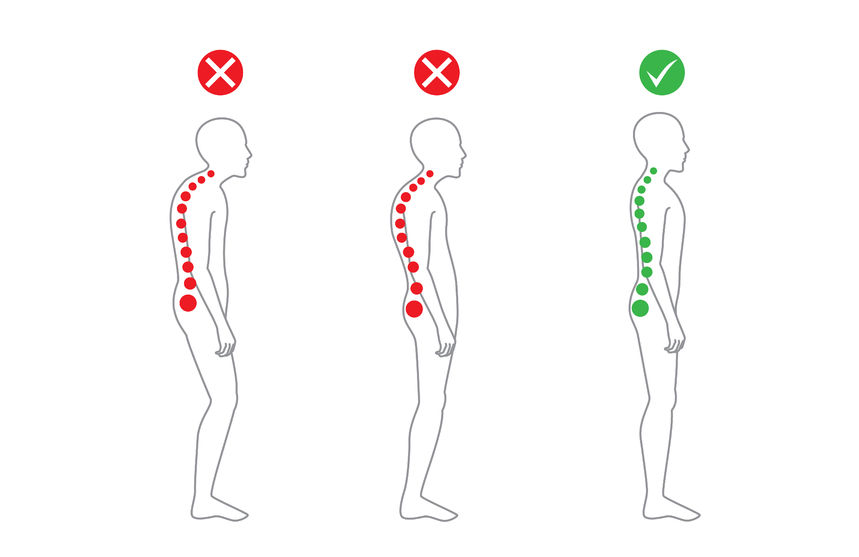Anterior Cervical Discectomy and Fusion (ACDF) of C4 – C6. Surgery was performed by Dr. Grigory Goldberg.
Dr. Grigory Goldberg is a board-certified orthopedic surgeon, fellowship trained in spine surgery at Advanced Orthopedics and Sports Medicine Institute.
Learn more about Dr. Goldberg, see more of Dr. Goldberg’s testimonials.
Dr. Grigory Goldberg performed an Anterior Cervical Discectomy and Fusion surgery on the C5, C6, and C7 vertebrae.
Dr. Grigory Goldberg is a board-certified orthopedic surgeon, fellowship trained in spine surgery at Advanced Orthopedics and Sports Medicine Institute.
Learn more about Dr. Goldberg, see more of Dr. Goldberg’s testimonials.
Dr. Grigory Goldberg performs an Anterior Cervical Discectomy and Fusion (ACDF) surgery on the C4 and C5 vertebrae.
Dr. Grigory Goldberg is a board-certified orthopedic surgeon, fellowship trained in spine surgery at Advanced Orthopedics and Sports Medicine Institute.
Learn more about Dr. Goldberg, see more of Dr. Goldberg’s testimonials.

The spine is one of the most essential parts of the human body; without it we wouldn’t be able to function. Unfortunately when spinal injuries occur, it causes a series of complications throughout our entire body. The spine is responsible for posture, head movement, and upper body movement.
The spine is made up of individual vertebrae, and each vertebrae is independent of each other. While this is necessary for a healthy moving and functional spine, there are patients who can benefit from the joining of two or more vertebrae to relieve pain. This procedure is called spinal fusion.
If movement is identified as the primary source of pain in the spine, the spinal fusion procedure is sometimes the answer. The procedure essentially fuses together two or more vertebrae to create a solid link, limited movement in that particular area, easing pain.
Spinal fusion may be used to treat:
- Herniated disk
- Scoliosis
- Degenerative disk disease
- Weakness, instability, and fractures
While surgery is never the first solution, a complete evaluation and alternative treatment plan is suggested before exploring the surgical route. Our team of orthopedic specialists can help you find ways to cope with back pain. Contact us today to get started on your healing journey today.

Poor posture has many detrimental effects on the body. Individuals often experience chronic pain in the back, neck, and shoulders, digestive issues, stiffness, and fatigue. Poor posture can also lead to nerve compression, muscle atrophy, carpal tunnel syndrome, and sciatica. Although sometimes unnoticed, posture also has a strong impact on the mind, considering people may experience worsened depression and stress, along with tension headaches.
Poor alignment creates ligament and muscle imbalances, which cause many problems. Deviations exist because of the imbalance of muscles, which work together in holding a joint in place. With one tight muscle and one loose one, muscles are pulled away from their rightful positions. Overactive muscles then overcompensate for underactive ones, causing issues and stress on the body.
There are various ways to improve posture, but it is important to understand exactly where alignment is impaired. To determine the postural deviation, one must conduct a standing assessment. During the assessment, which consists of various stances, the overactive and underactive muscles are assessed to discover the strengthening exercises that must be used.
To achieve an upright posture, individuals can follow a few simple steps.
- Step 1: Place feet shoulder width apart.
- Step 2: Stand up straight.
- Step 3: Keep weight on balls of feet.
- Step 4: Keep shoulders square.
- Step 5: Pull head back and up.
These steps can assist individuals who tend to hunch over from poor posture. The greatest challenge is to remain aware of your posture as you go about your day. It is easy to go minutes or hours without realized that you are slumping or slouching. One of the best ways to develop better posture is to be mindful of specific deviations and contact an orthopedic specialist for more assistance.







